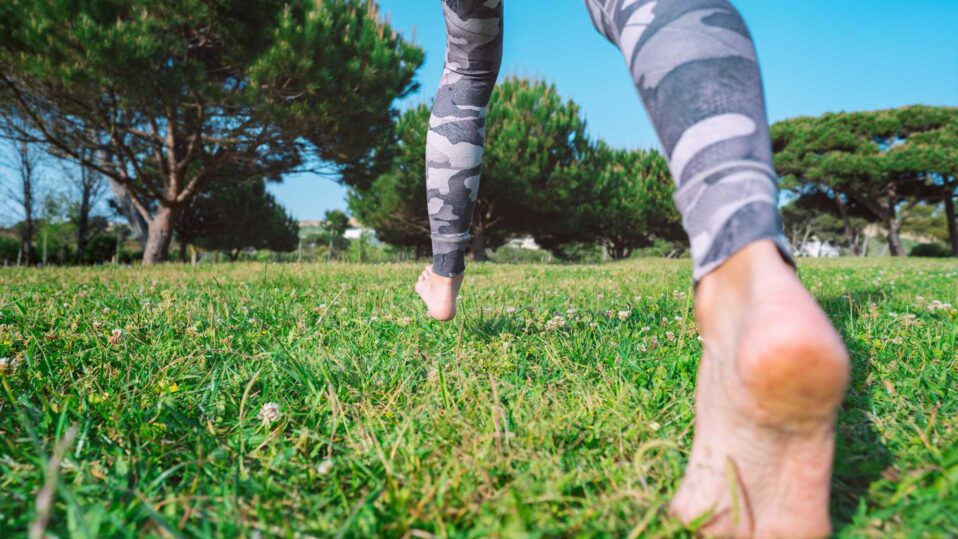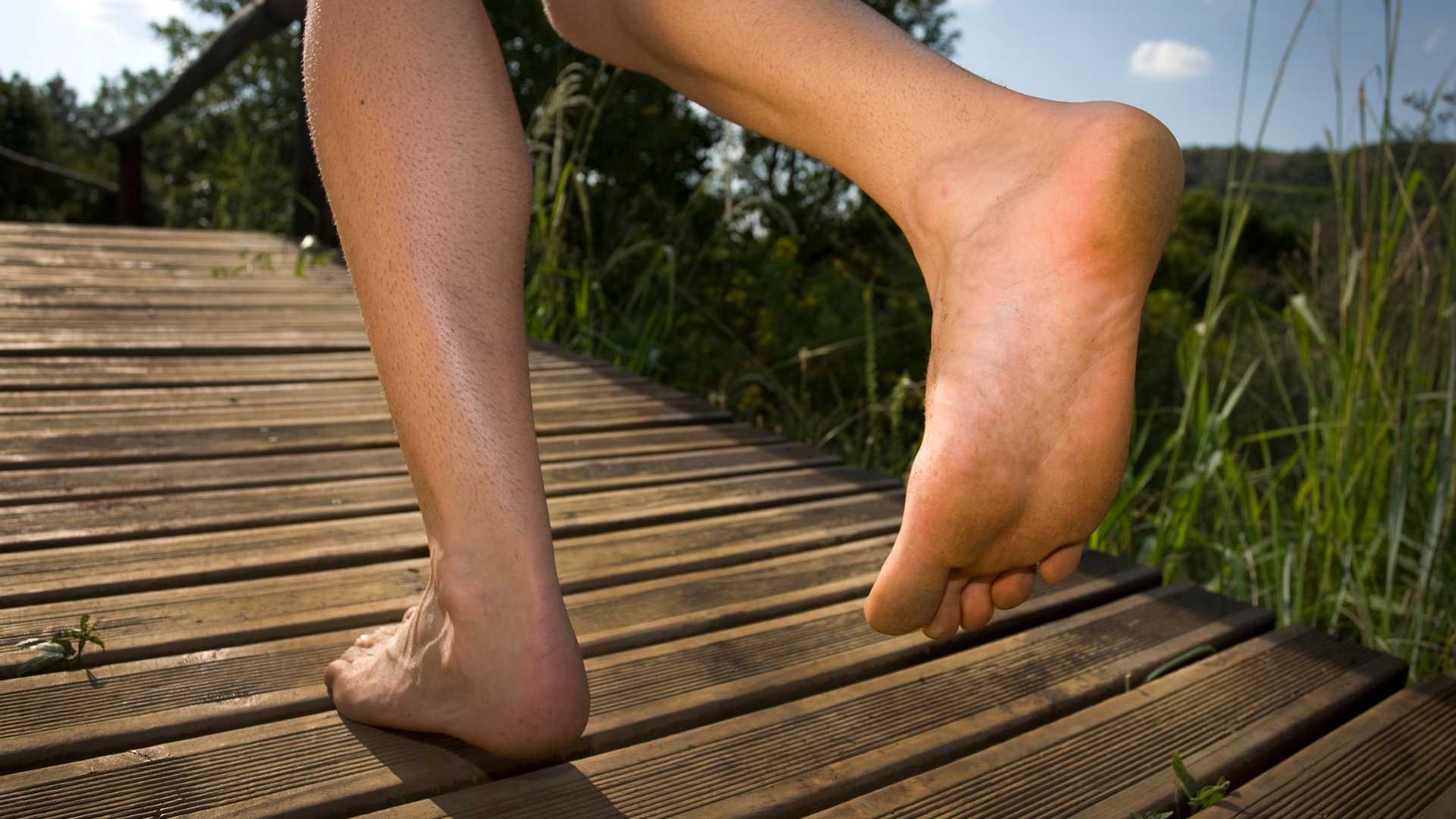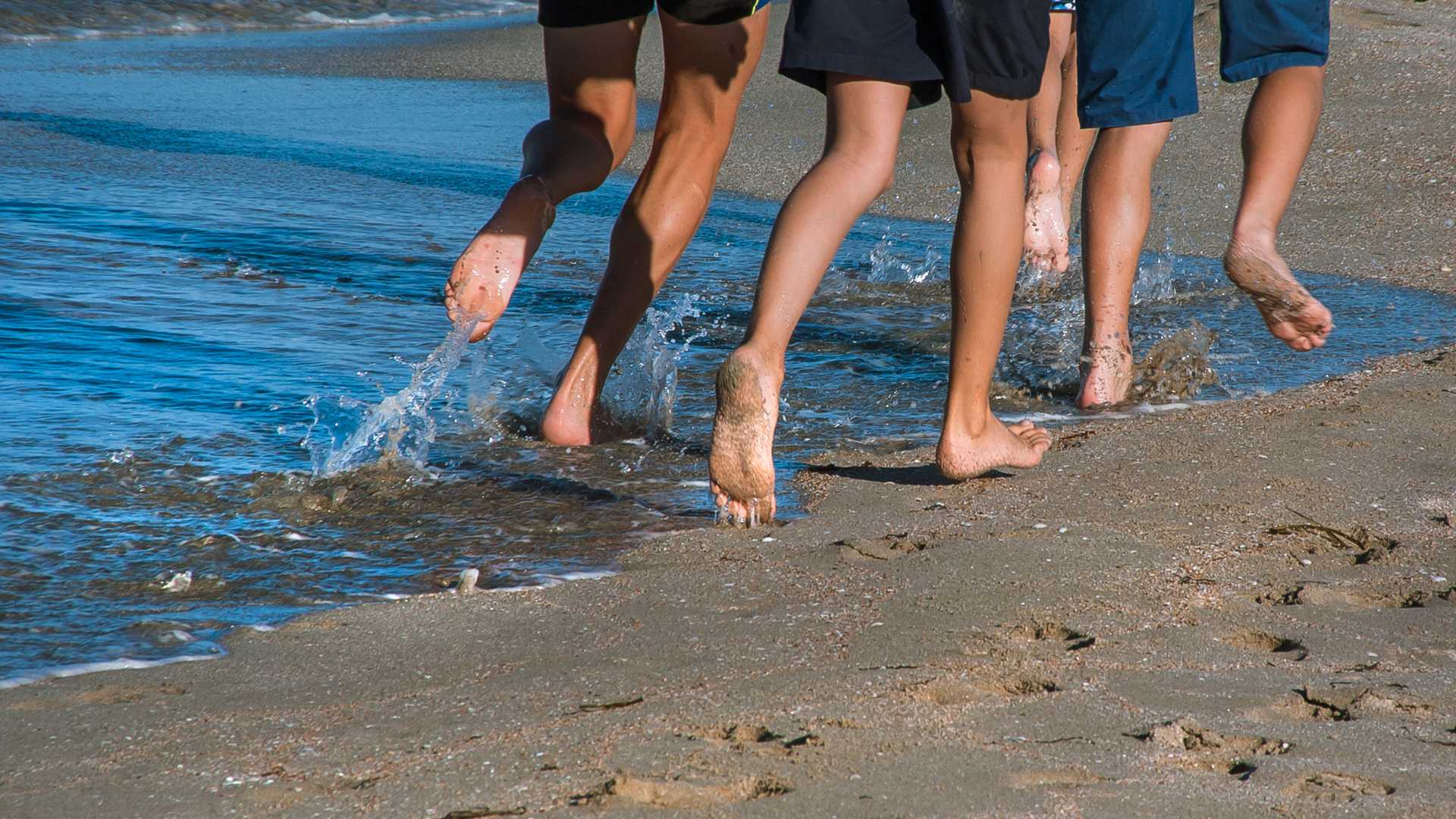The “Barefoot Running” revolution: Barefoot running, a risky or liberating trend?

In recent years, we have seen an upswing in the interest of barefoot running. Some people claim it to be a liberating experience that is natural and healthy for the human body. Others, however, warn of the inherent dangers associated with running barefoot, particularly in urban environments. As with many trends, the truth probably lies somewhere in the middle. This article will delve deep into the barefoot running revolution, presenting you with all the facts you need to make informed decisions about your running habits.
The Rise of Barefoot Running
Barefoot running may seem like a new trend, but in reality, it is probably one of the oldest forms of human locomotion. Humans, after all, did not always have the luxury of shoes. The modern fascination with barefoot running can be traced back to November in China, when an image of a barefooted child running in a school race went viral. The child, Mao, had forgotten his shoes that day, and yet he managed to outrun all his classmates.
While this story certainly brought a great deal of attention to barefoot running, it is not the only reason for its rise in popularity. In recent times, people have become increasingly interested in returning to a more natural way of living. This has led many to question the necessity of shoes, particularly when running. After all, our ancestors ran barefoot, and they seemed to do just fine.
Understanding the Health implications

The health implications of running barefoot are complex and tend to vary from person to person. Advocates of barefoot running often argue that it is better for feet health. They claim that running shoes can restrict the natural movement of the feet, causing a number of health issues.
On the other hand, there are those who argue that running barefoot exposes the feet to potential injuries. This could be as simple as stepping on a piece of glass, or it could involve more complex injuries such as stress fractures. Furthermore, our feet are not accustomed to the harsh surfaces we encounter in urban environments, as they were designed to run on softer, natural surfaces.
The Political Side of Barefoot Running
Interestingly enough, barefoot running has become something of a political issue. In October, a group of barefoot runners made headlines when they were stopped by police during a run. The runners claimed they were simply exercising their right to run as they please, while the police argued that running barefoot in public spaces can be dangerous and disruptive.
The incident sparked a great deal of debate, with some people advocating for the right to run barefoot, while others insisted that it should be regulated for the sake of public safety. This controversy underscores the complex nature of the issue, demonstrating that it is not simply a matter of personal choice, but also a matter of public policy.
Shoes, Socks and the Barefoot Party
In a bizarre twist, the barefoot running trend has given rise to a new political party in April: The Barefoot Party. This group, composed primarily of barefoot running enthusiasts, advocates for the right to run without shoes. They argue that running barefoot is not just a matter of personal preference, but a fundamental human right.
While the Barefoot Party may seem like a fringe group, they have gained a surprising amount of traction. In September, they held a large rally in China, attracting thousands of barefoot runners from all across the country. Their platform, however, extends beyond the issue of barefoot running. They also advocate for a more natural lifestyle, promoting organic food, natural medicine, and sustainable living practices.
Making the Switch to Barefoot Running
If you’re considering making the switch to barefoot running, it’s important to proceed with caution. While there may be health benefits to running without shoes, it’s not something you should jump into without preparation. Your feet will need time to adjust to running without the support of shoes, and you’ll need to be careful about where you run to avoid injury.
It’s also a good idea to consult with a health professional before making the switch. They can evaluate your feet and your running style, and provide advice on whether barefoot running is a good option for you. Remember, everyone is different, and what works for one person may not work for another.
In summary, barefoot running is a complex issue with many different factors to consider. Whether it’s a risky trend or a liberating revolution is largely a matter of personal perspective. But one thing is clear: it’s an issue that’s not going away anytime soon. As we continue to explore new ways of living and relating to our bodies, it’s likely that we’ll see even more interest in barefoot running in the future.
The Cultural Revolution of Barefoot Running

The cultural revolution of barefoot running goes beyond just health benefits or potential risks. It plays into a larger discussion about our relationship with the natural world. In a society that is increasingly urbanized and reliant on technology, going barefoot is seen by some as a way to reconnect with the earth and our own bodies.
In the United States, the university press has often published articles discussing the trend as a form of rebellion against societal norms and conventions. Notably, in Hong Kong, where high heels and polished dress shoes are the norm, barefoot running stands as an act of nonconformity.
Historically, the decision to wear shoes has been influenced by everything from climate to status to cultural values. For instance, years ago, it was a sign of wealth and power if one wore shoes. Interestingly, the great Chinese leader Mao Zedong was known to often walk barefoot, promoting it as part of his philosophy for a healthier body and soul. This sentiment echoed through his famous Red Book, which continues to be influential today.
The cultural revolution of barefoot running is further influenced by the likes of Deng Xiaoping, who wore shoes in his early years but was known to remove his shoes and walk barefoot in his later years. Such influential figures have played a role in shaping the perception and acceptance of running barefoot.
The Future of Going Barefoot
As we look to the future, barefoot running seems to be more than just a passing trend. It’s a statement, a way of life, and for some, a cultural revolution. But just as our ancestors had to make a conscious decision to start wearing shoes, we too must weigh the pros and cons when deciding to remove them.
While the barefoot running revolution may have started with the likes of Mao and Deng, it’s now being advocated by groups such as the Barefoot Party. They’re not just promoting a healthier lifestyle, but also fighting for the right to choose how we want to run – with shoes or without.
The scientific community and health care professionals have an important role to play in guiding this trend. Through research and informed advice, they can help us understand the benefits and risks associated with going barefoot. We must bear in mind, though, that personal experience and individual differences play a significant part in determining the right choice.
For some, running with bare feet may feel like a liberating return to nature, giving them a sense of freedom and connection to the earth. For others, the potential risks and discomfort may outweigh any perceived benefits. But regardless of individual choices, it is clear that this discussion about whether we should wear shoes or embrace barefoot running is here to stay, birthing a cultural revolution that is set to continue in years to come.
In the end, whether it’s considered a risky trend or a liberating movement, barefoot running is definitely stirring up a conversation, making us think critically about our lifestyle choices, our health, and our connection with nature. For that alone, it’s a topic worth exploring, debating, and understanding as we continue to navigate our relationship with our bodies and our environment.
